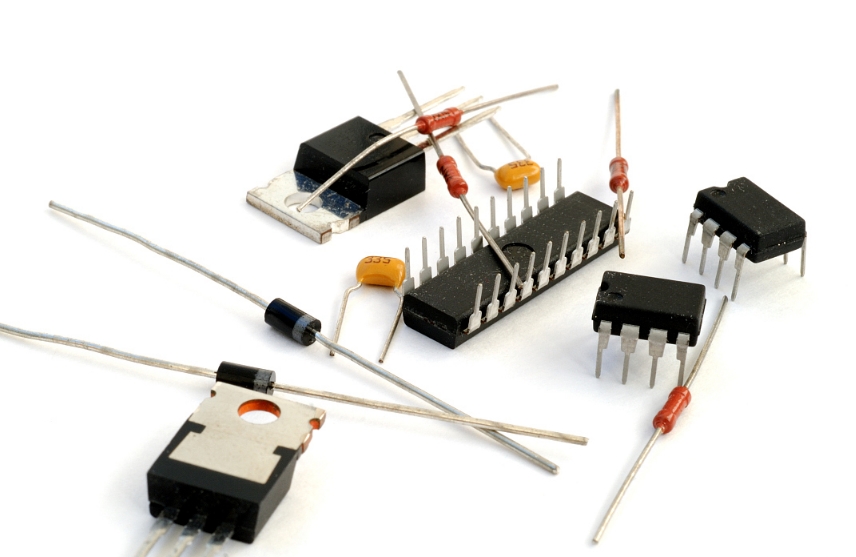Variable Inductor
2024-01-16 14:20:09 31
Variable Inductor
Introduction:
An adjustable inductor is an electronic component whose inductance can be adjusted according to needs. It can artificially change its inductance value within a certain range for different electronic circuit needs.

Fundamental:
Inductors are based on Faraday's law of electromagnetic induction. When an electric current passes through a conductive coil, it creates a magnetic field in the surrounding area. The inductance value of the inductor is determined by the number of turns of the conductive coil, the diameter of the coil, the length of the coil, and the magnetic permeability of the core material inside the coil. Adjustable inductors usually change the inductance value by physically adjusting one or more of these parameters, such as changing the number of turns in the coil or changing the position of the magnetic core within the coil.
Classification:
1. Turbine type adjustable inductor: changes the inductance by rotating the internal magnetic core material.
2. Sliding adjustable inductor: Adjust the inductance by sliding the position of the magnetic core into or out of the coil.
3. Sleeve-type adjustable inductor: It includes a sleeve-shaped movable coil, and the inductance can be adjusted by changing the relative position of the coil.
Through these methods, adjustable inductors provide a flexible adjustment mechanism to meet the requirements of a specific circuit.
parameter:
Inductance Value Range: The minimum and maximum amount of inductance an adjustable inductor can provide.
Quality factor (Q factor): It represents the ratio of energy storage to energy loss in the inductor. Generally, the larger the value, the better the performance of the inductor.
Rated current: The maximum current that the inductor can withstand.
Withstand voltage: The maximum voltage that the inductor can withstand.
Temperature coefficient: How much the inductor value changes with temperature.
application:
Frequency tuning: Tuning the frequency of received signals in wireless communication devices such as radios.
Filter circuit: used in power supply and amplifier circuits to remove noise.
Oscillator circuit: adjust the output frequency of the oscillator.
Signal matching: Used to match signal transmission between devices with different impedances.
Signal modulation and demodulation: Modulation and demodulation of signals in analog communication systems.
Safety Precautions:
Overload protection: Ensure that the maximum rated current and withstand voltage of the inductor are not exceeded during operation.
Environmental adaptability: Store in a dry environment with suitable temperature to avoid performance degradation or damage caused by moisture or high temperature.
Mechanical strength: Pay attention when adjusting to prevent damage to the adjustable structure.
Magnetic field interference: When placing devices densely or close to other devices that generate magnetic fields, consider the mutual influence.













